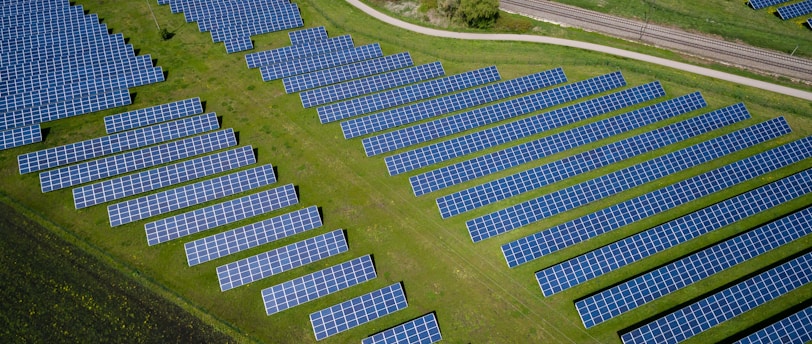Clean Energy in 2024: Historic Advances and Global Sustainability Impact
In 2024, clean energy sources generated 41% of the world's electricity, driven by the growth of solar and wind power. This historic milestone reinforces the role of renewables in the energy transition and carbon emission reduction, promoting greater global sustainability.
Team Spark News
4/24/20251 min read


Clean Energy Accounted for 41% of Global Generation in 2024: Impacts and Challenges
In 2024, 41% of global electricity was generated from clean energy sources. See the impacts on sustainability, advances in installed capacity, and the main challenges facing the renewable sector.
Record Growth of Clean Energy
The year 2024 marked a turning point in the history of energy generation. According to the International Renewable Energy Agency (IRENA), global clean energy capacity grew by 15.1%, reaching 4,448 GW—a record driven mainly by solar and wind projects.
Beyond the increase in installed capacity, clean energy sources were responsible for 41% of all electricity generated worldwide in 2024, establishing themselves as the main alternative to fossil fuels. This figure represents a significant improvement over previous years and highlights ongoing progress in the energy transition.
In China, for example, in just the first quarter of 2025, clean electricity generation reached 951 TWh, up 19% from the same period in 2024. Solar energy accounted for 254 TWh (+48%) and wind energy for 307 TWh, showcasing the country’s leadership in renewable energy production.
Sustainability Impacts
The rise of renewable sources has brought a range of environmental, social, and economic benefits:
Reduction in greenhouse gas emissions: The gradual replacement of fossil fuels with clean alternatives has lowered the global carbon footprint.
Strengthened energy security: A diversified energy matrix has made power systems more resilient to geopolitical and climate crises.
Boost to the green economy: The sector's expansion has created millions of jobs, attracted investments, and driven technological innovation across many countries.
Ongoing Challenges
Despite notable progress, large-scale adoption of clean energy still faces several hurdles:
Outdated electrical infrastructure: Efficient integration of intermittent sources like solar and wind depends on investment in modern, smart power grids.
Unstable regulatory environment: Frequent changes in public policy and subsidies impact predictability for investors and entrepreneurs.
Global trade barriers: Import tariffs and trade disputes can increase equipment costs and hinder sector growth, especially in developing countries.
Image credit to Andreas Gücklhorn on Unsplash
News
Stay up to date with the latest technological news, Science, Internet, Social Networks and Smartphones.
© 2025. All rights reserved.
